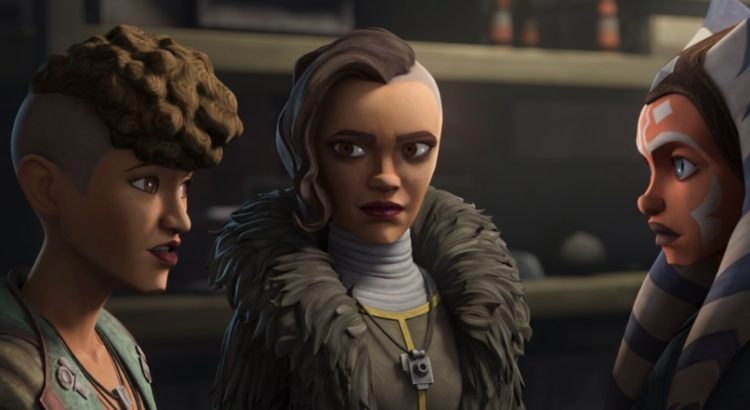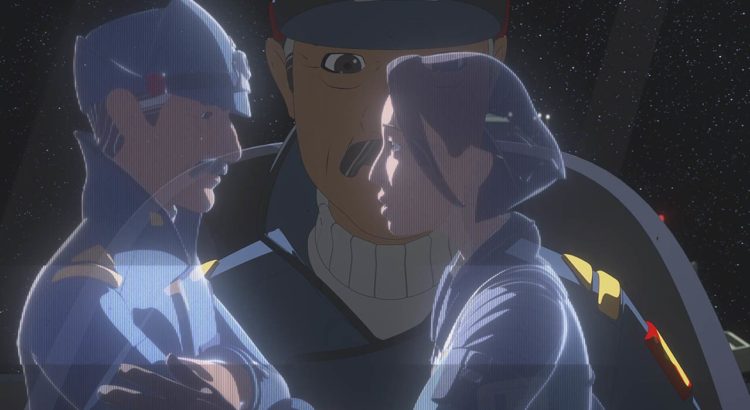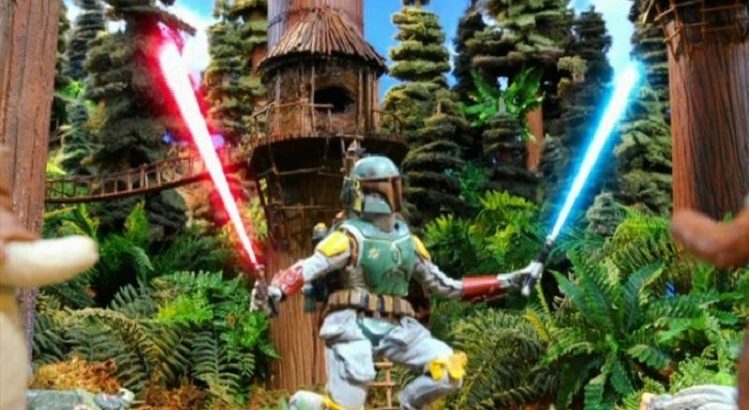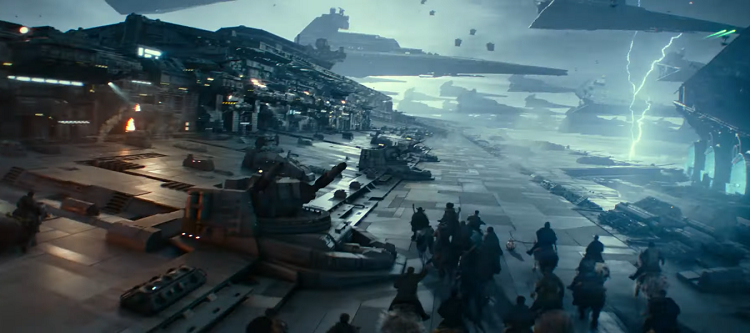I was cautiously excited when it was announced that The Clone Wars would make its triumphant return to the screen by airing three previously-unfinished arcs on Disney+. I’ve been hot and cold on the series in general, because while it does do a great deal to expand and deepen the era between Attack of the Clones and Revenge of the Sith, the actual show itself has a very distinct tone and style that often rubs me the wrong way. It is a show unafraid to bring up big concepts and ideas, ones challenging to the era and the franchise as a whole, but often tosses them aside or bypasses them in favor of more sharply-animated action setpieces or references to other parts of the franchise.
The biggest issue that this raises is with the characters. Giving characters depth or exploring their motivations has simply never been TCW’s strong suit. Arcs like Ahsoka’s trial fall flat for me because the central character — other than Ahsoka — is the true culprit, Barriss Offee, who we hadn’t seen since the second season at that point and had apparently undergone a lot of change and turmoil in that time, all of it offscreen. While I wasn’t personally offended because I wasn’t invested in Barriss as a character, that in itself is damning; this character I didn’t care about because we’d seen so little of her was such a major part of the arc that my absence of feeling toward her motivations and fate felt like a hole in the story.
In the time between the show being cancelled from its original airing on Cartoon Network, the debut of its sixth season on Netflix, and now the seventh and final season on Disney+, the show’s crew has gotten up to plenty of other things. Dave Filoni and his team of animators moved to Star Wars Rebels, and then the animators worked on Star Wars Resistance while Filoni himself assisted with the production and direction of The Mandalorian. Filoni has said that all three of these shows were tremendous learning experiences that he and his team were able to bring back to TCW to make its final three arcs better. I assumed that he meant mainly in terms of direction and animation; I didn’t expect him to have taken some lessons from either of those shows in terms of how to write compelling character moments. And my expectation was borne out in the first four episodes of this new season, known as the Bad Batch arc.
Read More




